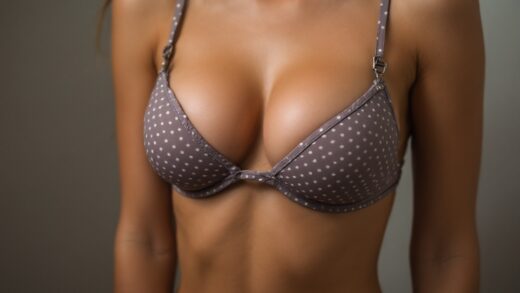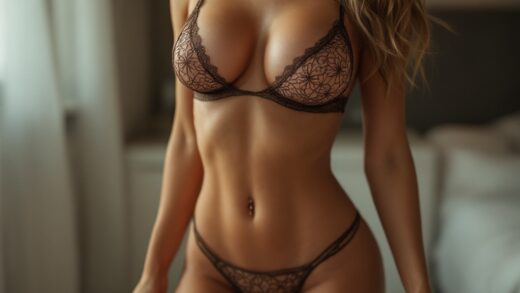In the vibrant world of digital artistry, where creativity meets cutting-edge tech, brand-new possibilities emerge. For artists diving into the complex realm of nude portraiture, success often hinges on meticulous detail. One particularly mesmerizing facet of these artworks is the simulation of hair. It’s about more than just looks; it’s about injecting a dose of realism into each creation. With the aid of innovative AI methods, artists can craft hair that authentically mirrors natural flow and texture, unveiling the transformative potential of AI-powered tools in reshaping creative landscapes.
As AI technology soars to new heights, the realm of hair simulation has seen an explosive expansion. Instead of being restricted by traditional techniques, creators can now harness incredible algorithmic advances. These cutting-edge methods grant artists the freedom to experiment, stretching the limits of artistic expression. From static images to dynamic animations, lifelike hair can intensely amplify the emotional depth of a nude portrait. However, this artistic journey is fraught with challenges. Navigating the diverse array of AI tools and mastering the best practices becomes essential for artists eager to enhance their craft.
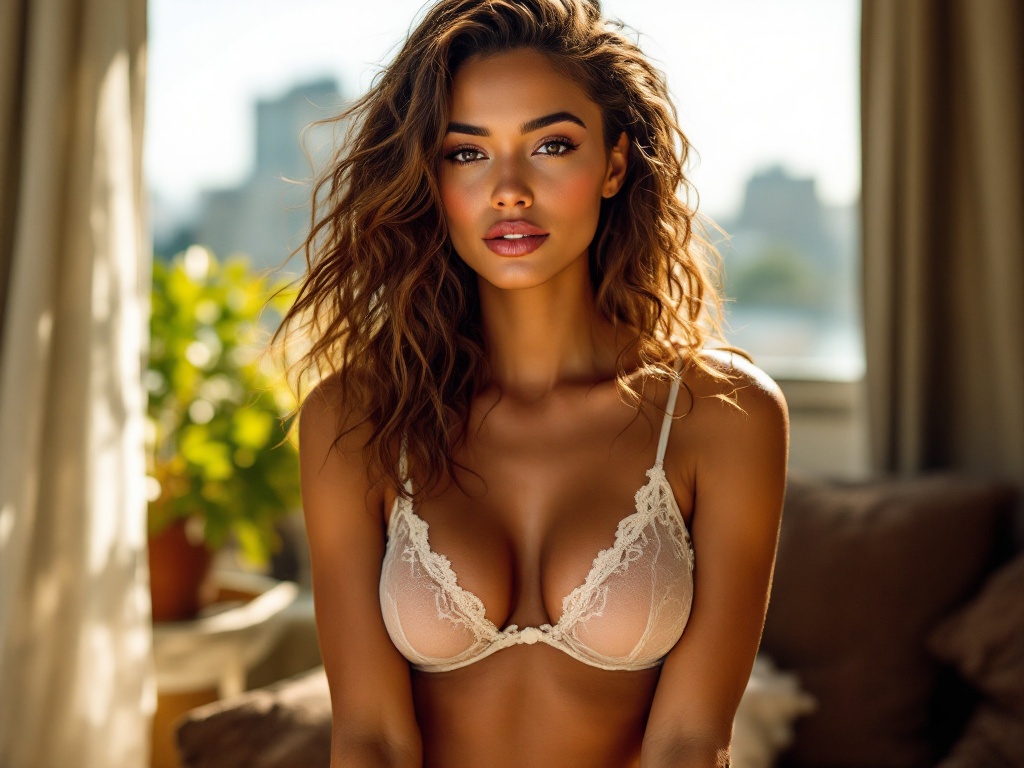
The Significance of Hair Simulation
In nude portraits, hair serves as a multifaceted facet, providing both visual allure and emotional depth. With clothing absent, hair plays a critical expressive role, framing the subject’s visage and guiding the observer’s gaze across the composition. Through AI techniques, artists achieve detailed, realistic rendering, adding a refined layer to the artwork. Precision in hair simulation enriches a character’s personality and can evoke specific emotions. Thus, mastering this is not just a technical hurdle but a creative pursuit that influences how artists use AI to amplify their artistic vision.
The Impact of AI on Artistic Creativity
As AI technology progresses, it offers artists novel pathways to delve into complex details once prohibitively laborious. By analyzing extensive datasets, AI tools come to understand various textures, movements, and natural lighting, fostering realistic hair depictions in nude portraits and enhancing storytelling components. Capturing the delicate play between hair and light can create dynamic visual effects that elevate any artwork. Consequently, AI acts as both an enabler and enhancer in the creative journey, urging artists to embark on more daring artistic explorations.
Leading AI Techniques for Hair Simulation
In the realm of visual content creation, GANs have revolutionized the scene. Comprised of two neural network components—a generator for creating images and a discriminator for evaluating them—GANs have shown great prowess in replicating realistic hair textures and forms. The generator weaves hair strands based on a wide array of training data, while the discriminator ensures authenticity by balancing creation with critique. As their symbiotic relationship strengthens, artists gain access to increasingly sophisticated hair simulations.
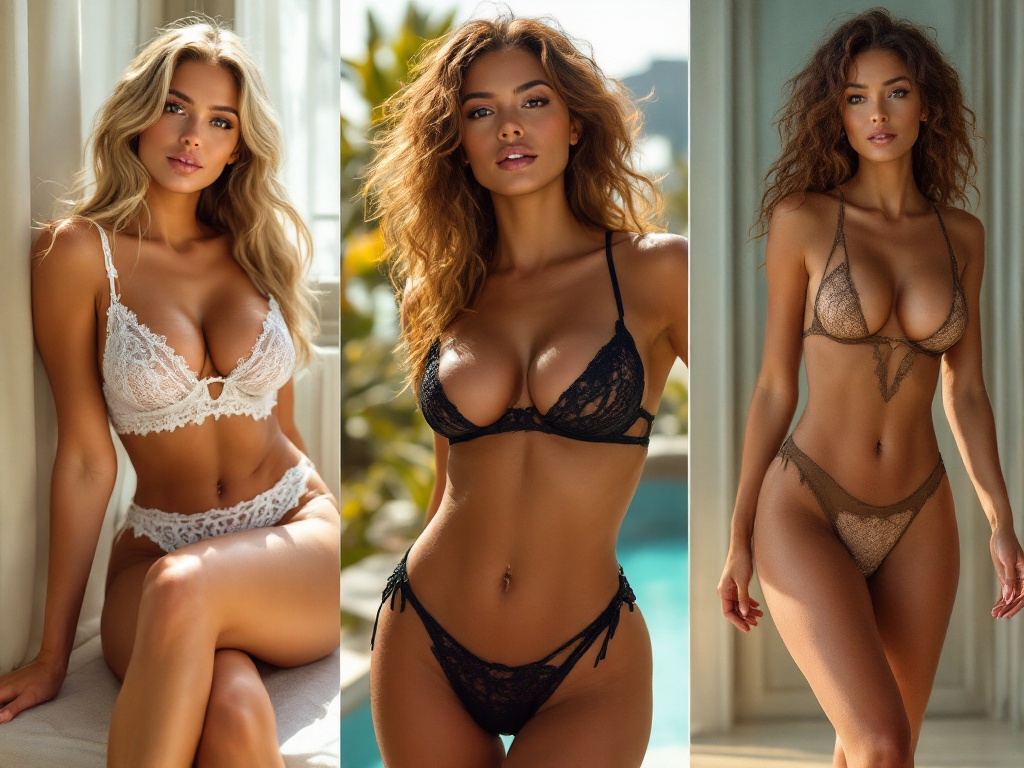
Neural Style Transfer
An innovative technique, neural style transfer blends various artistic styles while maintaining content integrity. Artists can combine nude portraits with a range of hair textures from diverse styles, creating unique and personalized artwork. By merging stylistic elements from one piece with another, the possibilities are limitless. For example, integrating a classic painting’s hairstyle into a contemporary nude portrait offers fresh interpretations ripe for discussion. This method embodies the union of AI creativity with traditional aesthetics.
| AI Technique | Description | Optimal Use Cases |
|---|---|---|
| GANs | Generates hyper-realistic hair textures through adversarial training. | Static nude portraits demanding detailed realism. |
| Neural Style Transfer | Merges stylistic aspects from one image with another, combining artistic concepts. | Crafting one-of-a-kind, stylized portraits with eclectic influences. |
| Physics-Based Simulation | Models hair behavior influenced by motion and environmental factors. | Animated works where dynamic hair movement is key. |
Physics-Based Simulation
This technique goes beyond mere appearance by considering how hair behaves in various scenarios. Physics-based simulations capture the dynamics of hair in motion, creating believable interactions with gravity, wind, and environmental forces. This approach is especially valuable in animated works, where capturing authentic hair movement boosts viewer engagement. By weaving physics into art, creators can design pieces that feel both alive and relatable. The continued evolution of these techniques promises an exhilarating creative journey, encouraging ongoing exploration and innovation.
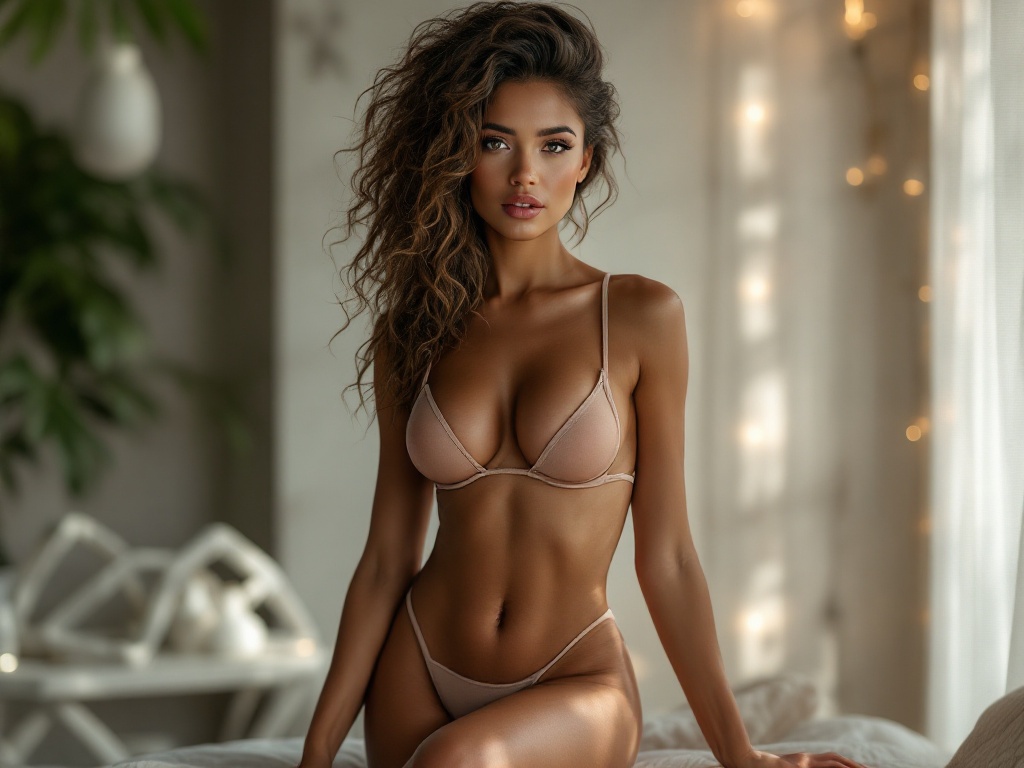
Effective Practices for Leveraging AI in Hair Simulation
Unlocking the full potential of AI tools in hair simulation demands a strategic tack. Here are pivotal practices for elevating the quality of your work:
- Use top-notch reference pictures to ensure AI accurately captures complex details.
- Delve into various AI algorithms, understanding the unique strengths and limitations of each.
- Integrate AI-generated components with traditional methods to craft well-rounded, nuanced artworks.
Ethical Considerations in Nude Portraits
As artists push the boundaries with AI-enhanced hair in nude art, ethical considerations become paramount. Consent and accurate representation are essential; it’s imperative to depict individuals with respect and dignity. Furthermore, the digital influence on societal beauty standards warrants careful consideration. Engaging in reflective dialogues on these issues enriches the artistic community and fosters thoughtful, sensitive approaches to creation. By maintaining transparency about AI usage and the intent behind modifications, artists demonstrate their ethical commitment.
Final Thoughts
AI hair simulation techniques are unlocking new horizons for artists in the nude portrait domain. By adopting these innovations, creators can elevate their work to breathtakingly new levels—achieving stunning pieces where realism melds with digital artistry. Understanding the range of available tools and techniques fosters deeper engagements with subjects while amplifying the narrative within the artwork. Despite existing challenges, the thrill of experimentation and the potential for artistic growth far outweigh any obstacles. As AI keeps advancing, limitless opportunities for expression flourish in the nude portraiture landscape.
FAQs
- Which AI tools are most effective for hair simulation? Top options include GANs and neural networks, known for their ability to produce superbly realistic hair textures.
- Is using AI in nude art ethically acceptable? It hinges on the ethical application of AI, with a focus on ensuring consent and accurate representation.
- Can AI really mimic human hair? Indeed, with sophisticated techniques, AI can generate hair that astonishingly mirrors human characteristics.
- How can I enhance my AI-generated hair simulations? Prioritize high-quality reference images and delve into various AI strategies to achieve enhanced detail and realism.
- Do legal restrictions apply to AI-generated nude portraits? Legal frameworks are location-dependent, but it’s crucial to adhere to copyright and ethical standards related to adult content.
